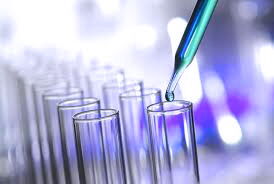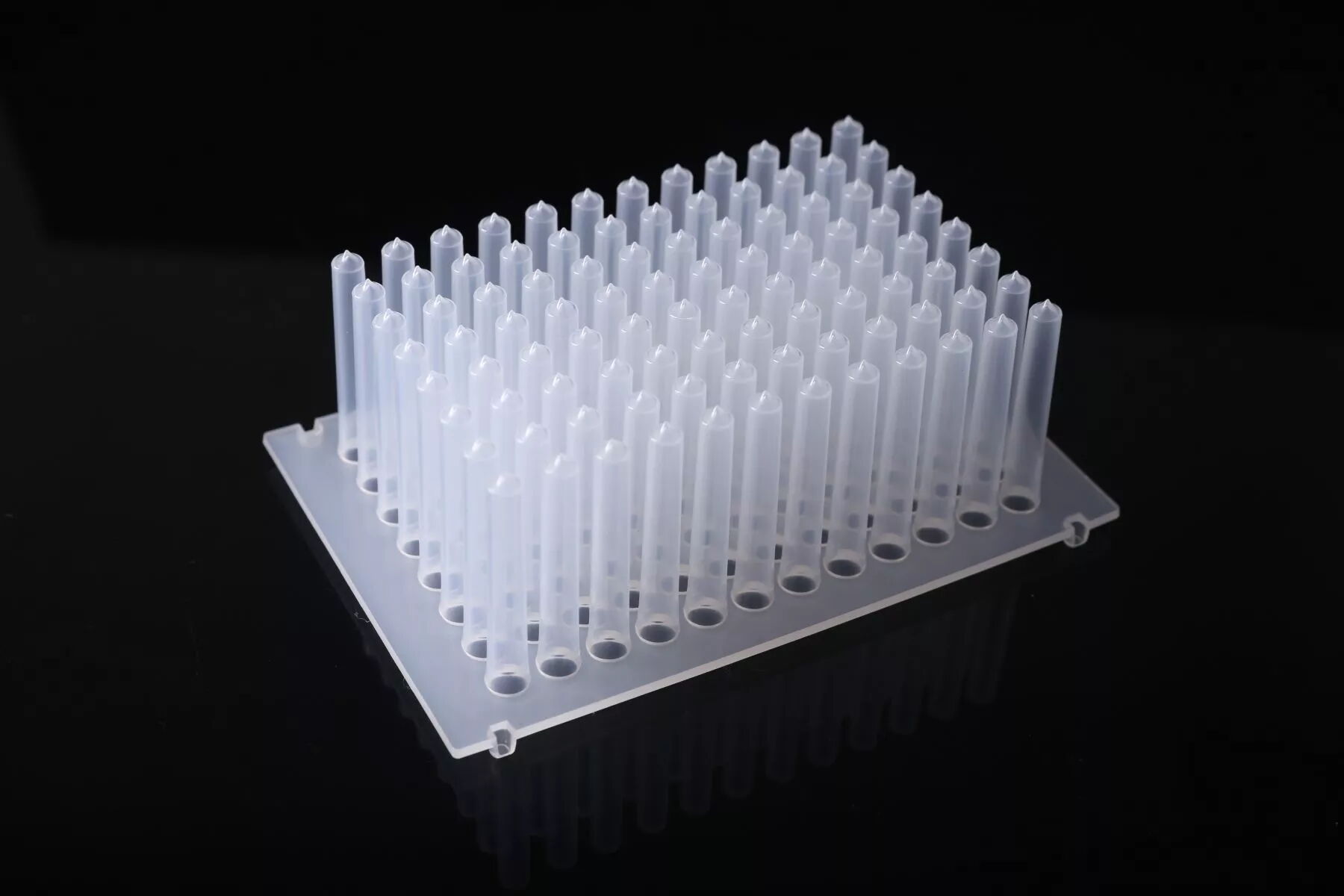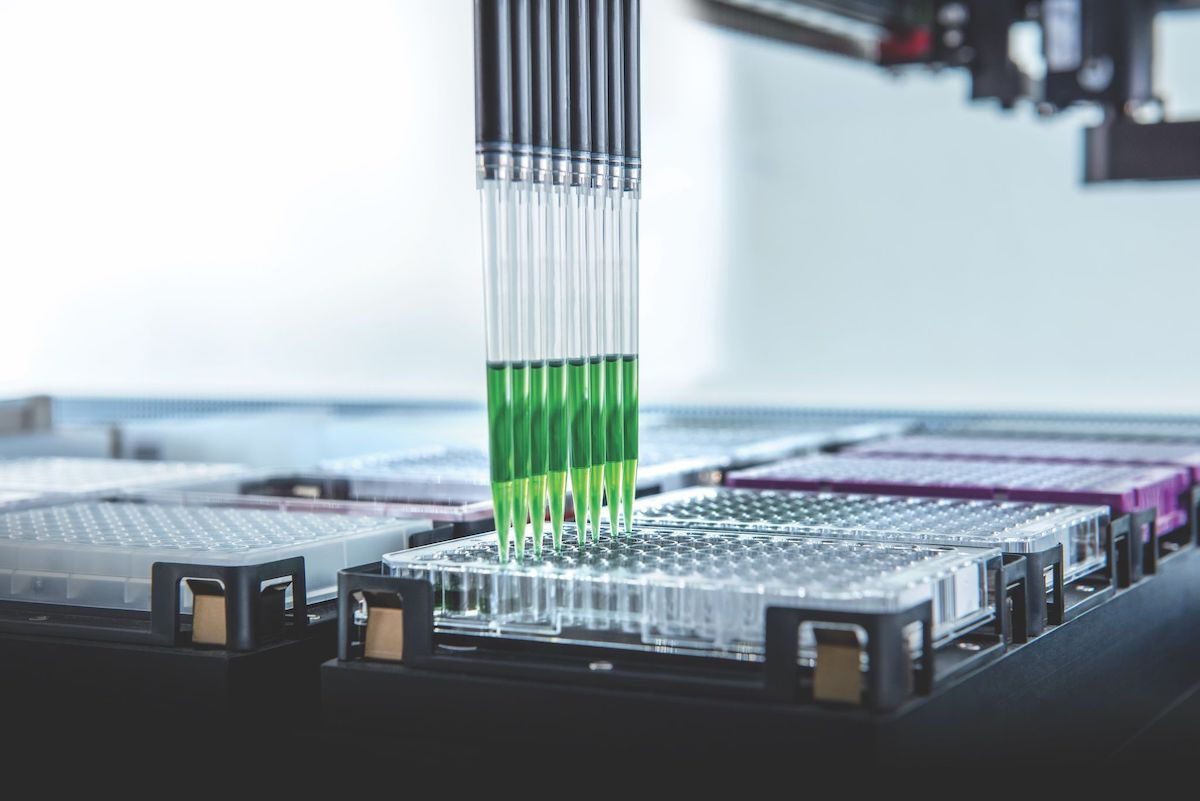Understanding Label Claims on Biological Consumables
Feb 28, 2024
Procurement of laboratory consumables is a common necessity for researchers. In this regard, various manufacturers often label their products as "DNase/RNase free," "pyrogen-free," or "endotoxin-free," especially in the realm of cell and analytical biology. However, understanding the significance of these claims and their impact on experiments is crucial for making informed purchasing decisions of biological consumables.
Definitions:
Pyrogen: Pyrogen refers to substances injected into the body that can cause abnormal elevation of body temperature. This term primarily denotes bacterial pyrogens, which are metabolic byproducts, bacterial corpses, or endotoxins.
Enzyme: Enzymes, known as biological catalysts, facilitate biochemical reactions within organisms. When products claim to be "enzyme-free," they typically refer to nucleases, such as DNase and RNase, which degrade DNA and RNA molecules.
Endotoxin: Endotoxins are toxic substances found in the cell walls of Gram-negative bacteria, primarily composed of lipopolysaccharides. Endotoxins are considered a type of pyrogen, and their absence is often equated with the absence of pyrogen.
Impact:
Pyrogens and endotoxins can stimulate the body, leading to fever. In pharmaceutical and clinical settings, strict regulations govern the permissible levels of pyrogens and endotoxins to ensure human safety. Nucleases, on the other hand, pose a threat in molecular biology laboratories as they can degrade target molecules, potentially leading to false-positive results in experiments like PCR.
Testing for Pyrogens and Endotoxins:
Pyrogen testing typically involves injecting a test sample into rabbits and monitoring any temperature elevation. For endotoxin detection, the Limulus amebocyte lysate (LAL) assay was traditionally employed, though recombinant Factor C-based methods are now gaining prominence due to concerns about the harvesting of horseshoe crab blood for LAL.
Selecting the Right Products:
Choosing appropriate consumables depends on the specific experimental requirements. While enzyme-free and pyrogen-free products are common, those labeled as endotoxin-free are relatively less prevalent. Researchers should prioritize these features based on their experiment type. For instance, centrifuge tubes used for cell cultures or sensitive assays should ideally be enzyme-free and pyrogen-free. However, for routine liquid centrifugation, standard tubes may suffice.
In conclusion, the selection of laboratory consumables should align with the experimental needs, ensuring that product specifications do not compromise the integrity of the research. Awareness of these concepts empowers researchers to make informed decisions, optimizing experimental outcomes.
Definitions:
Pyrogen: Pyrogen refers to substances injected into the body that can cause abnormal elevation of body temperature. This term primarily denotes bacterial pyrogens, which are metabolic byproducts, bacterial corpses, or endotoxins.
Enzyme: Enzymes, known as biological catalysts, facilitate biochemical reactions within organisms. When products claim to be "enzyme-free," they typically refer to nucleases, such as DNase and RNase, which degrade DNA and RNA molecules.
Endotoxin: Endotoxins are toxic substances found in the cell walls of Gram-negative bacteria, primarily composed of lipopolysaccharides. Endotoxins are considered a type of pyrogen, and their absence is often equated with the absence of pyrogen.
Impact:
Pyrogens and endotoxins can stimulate the body, leading to fever. In pharmaceutical and clinical settings, strict regulations govern the permissible levels of pyrogens and endotoxins to ensure human safety. Nucleases, on the other hand, pose a threat in molecular biology laboratories as they can degrade target molecules, potentially leading to false-positive results in experiments like PCR.
Testing for Pyrogens and Endotoxins:
Pyrogen testing typically involves injecting a test sample into rabbits and monitoring any temperature elevation. For endotoxin detection, the Limulus amebocyte lysate (LAL) assay was traditionally employed, though recombinant Factor C-based methods are now gaining prominence due to concerns about the harvesting of horseshoe crab blood for LAL.
Selecting the Right Products:
Choosing appropriate consumables depends on the specific experimental requirements. While enzyme-free and pyrogen-free products are common, those labeled as endotoxin-free are relatively less prevalent. Researchers should prioritize these features based on their experiment type. For instance, centrifuge tubes used for cell cultures or sensitive assays should ideally be enzyme-free and pyrogen-free. However, for routine liquid centrifugation, standard tubes may suffice.
In conclusion, the selection of laboratory consumables should align with the experimental needs, ensuring that product specifications do not compromise the integrity of the research. Awareness of these concepts empowers researchers to make informed decisions, optimizing experimental outcomes.
Previous: The Development of Micropipettes
Next: Introduction of Automated Pipetting



